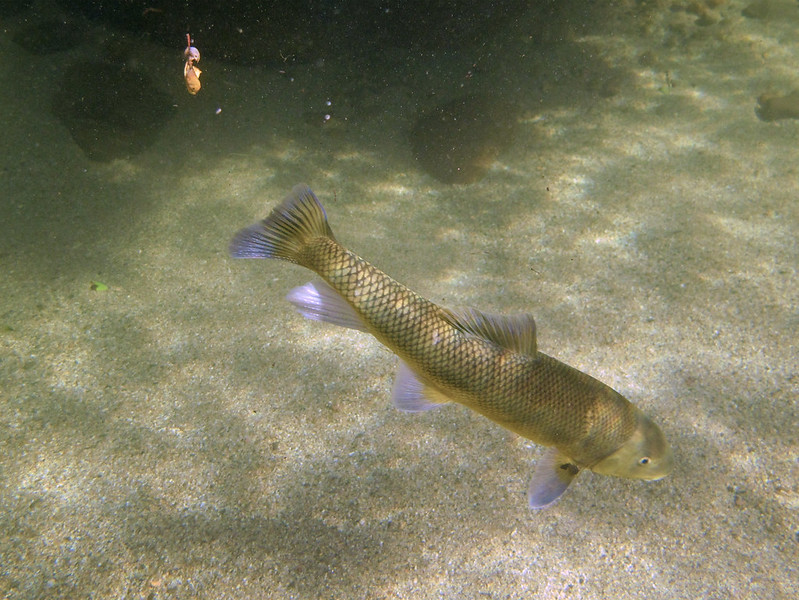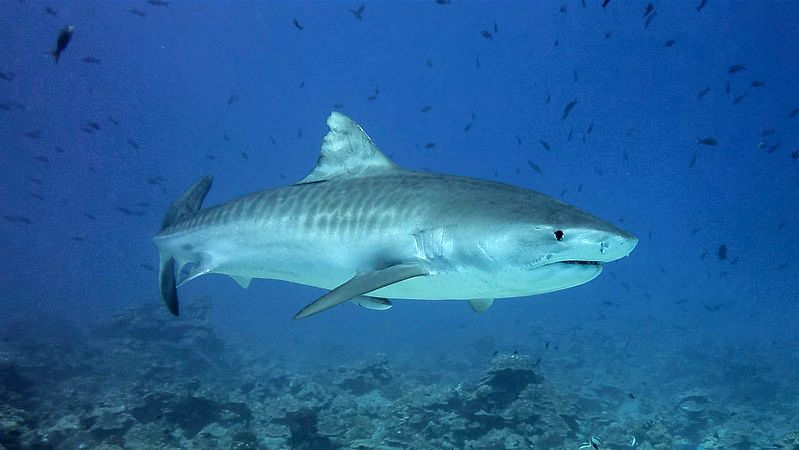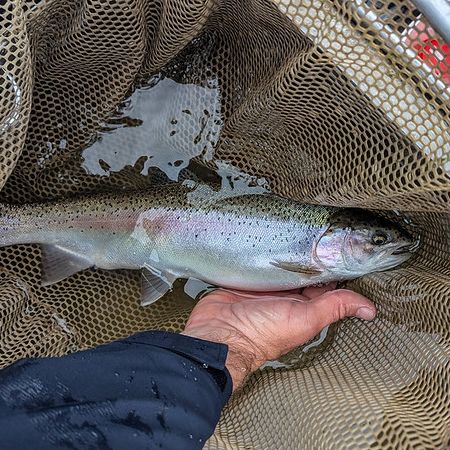Monday April 21, 2025

All life requires water to survive – in fact, humans, fish, and plants are all mostly made up of water with 60%, 80%, and 95% water content in their bodies, respectively. Changes in these concentrations can disrupt the delicate balance between water and substances (like ions or salts) that are necessary for cells to function. On our blue planet where water is abundant, maintaining this ideal balance seems relatively easy, but not all water is created equal. Fish have developed many unique physiological approaches to make saltwater, freshwater, or a combination of the two, their homes.
Osmoregulation is the process of regulating bodily salts or ions – atoms or molecules with positive or negative charges – to ensure essential chemical processes can occur. Most fishes can only live in a narrow range of salinity levels, while some have developed biological and behavioral strategies to thrive in both freshwater and marine habitats.

Freshwater teleosts (ray-finned fishes like bass, carp, or trout) and elasmobranchs (sharks, skates, and rays like the giant freshwater stingray) are osmoregulators – their internal ion concentration differs from their environment. Freshwater fishes maintain an internal salt concentration between one-fourth and one-third of seawater’s typical salinity – much higher than the freshwater they live in – and thus face the challenge of losing ions through diffusion to the diluted water around them. These fish gain ions through food consumption and active transport of ions across the gills. To maintain their internal balance, these fishes excrete excess water through their kidneys in the form of urine – up to one-third of their body weight per day. Just try not to think about it next time you swim in the river!
Marine teleosts are also osmoregulators, but they use different approaches than their freshwater counterparts. Like freshwater osmoregulators, marine teleosts (like tuna species) maintain ion concentrations nearly one-third of the saltwater environment they reside in. These fish developed unique ways to maintain this balance while constantly losing water from their bodies to the salty environment around them. To keep bodily salt concentrations lower than the environment, these fish drink water and excrete salts through specialized gill cells and through their urine, which has a very high salt concentration. So, do fish drink water? Yes, in a sense, they do.

Osmoconformers have bodily fluids that match the salinity concentration of the surrounding environment. Hagfish are osmoconformers that essentially lack the ability to regulate ions in their body and can only tolerate small changes in salinity. Hagfish are the only vertebrate animals with this characteristic and, consequently, can only live in regions of the ocean with little variation in salinity. Marine elasmobranchs, like the tiger shark, and coelocanths (a primitive fish) are also osmoconformers, but they regulate their ionic concentrations and can live and travel through water with more variable salinity levels. High blood urea keeps their ion levels slightly higher than seawater, so they absorb water through their gills by diffusion and excrete excess ions through a specialized salt-excreting organ called the rectal gland.
While many fish evolved osmoregulatory strategies to live in environments with low variation in salinity, like lakes or the deep ocean, a small number of fishes can tolerate a wide range of salinity. These adaptable fishes include most estuarine fishes(like the tidewater goby) and diadromous species, which move between fresh and saltwater, like some salmon, eel, and sturgeon species. It is thought that diadromous fishes move between freshwater and marine environments during different life stages to access better food supply, habitat, or conditions for offspring. Hormones like cortisol, growth hormones, and prolactin play an important role in preparing fish for migration between freshwater and marine environments, changing the number and size of specialized cells and altering gill and organ tissue permeability to cope with drastic salinity changes.

If physiological adaptations allow fish to move across habitats, why have so few developed lifestyles living in both marine and freshwater? While the benefits of moving between freshwater and marine habitats can be great, tradeoffs accompanying this lifestyle include increased energy demand, exposure to novel pathogens, and mortality risk. Climate change can alter precipitation patterns across the globe, driving changes in salinity throughout Earth’s oceans. A fish’s ability to osmoregulate or adapt their physiology to these shifts may determine if they survive in these changing waters or if they must move with the tides to avoid extinction.
Header Image Caption: Graphic on how fish osmoregulate the concentration of salt in their bodies.
This Fish Report is part of an ongoing Fish Physiology Series, where we highlight some of the important physiological characteristics that enable fish to survive, persist, and thrive in aquatic environments on an ever-changing planet. Subscribe to the Fish Report and follow these posts to learn more about fish physiology!
